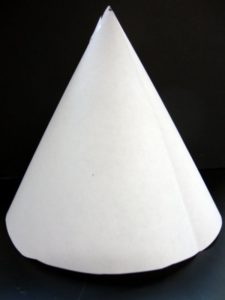 My latest contribution to the NYT Learning Network is a mathematics lesson build around the way NCAA basketball teams are ranked.
My latest contribution to the NYT Learning Network is a mathematics lesson build around the way NCAA basketball teams are ranked.
http://learning.blogs.nytimes.com/2011/03/14/whos-no-1e-investigating-the-mathematics-of-rankings/
Quantitative rankings are ubiquitous these days, and they are playing an ever-increasing role in teaching. Colleges have been “ranked” by publications for years, but now public schools are being assigned grades and even teachers can be ranked according to complicated, and often controversial, formulas.
In this lesson, students are tasked with creating their own rankings of the sports teams.
Looking only at winning percentage, therefore, may not be a fair assessment of who is better than whom: if Team X plays in a relatively weak conference, and Team Y plays in a relatively strong conference, it will be easier for Team X to record wins. This is similar to the idea of ranking students based on unweighted G.P.A.’s: such a system may well reward students who take relatively easy classes and put students with more challenging programs at a disadvantage.
So, student pairs should explore approaches to addressing this issue by attempting to quantify a team’s strength of schedule, thereby creating a ranking system that will take into consideration the quality of each team’s opponents.
These rankings only make as much sense as the underlying mathematics. Hopefully, through investigating the way the NCAA ranks basketball teams, teachers and students can learn to deconstruct these ranking systems and better evaluate their utility .






